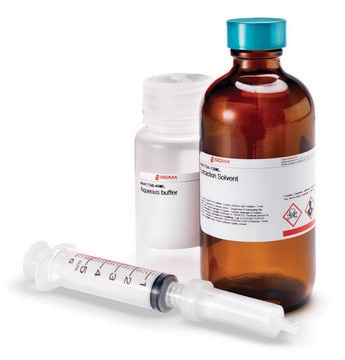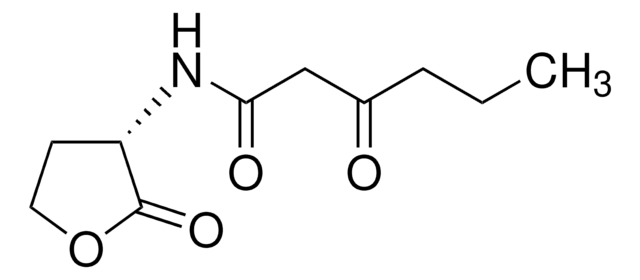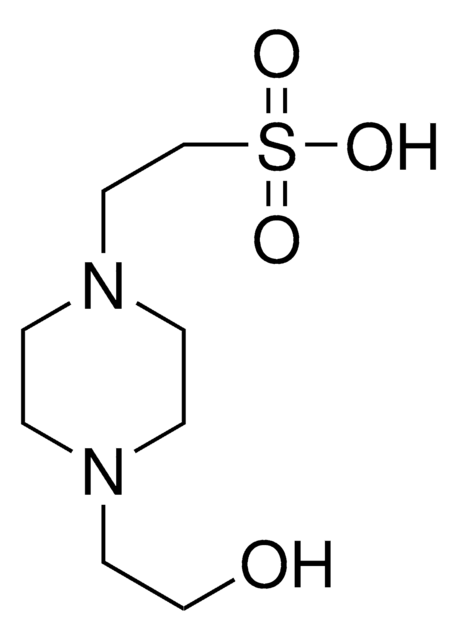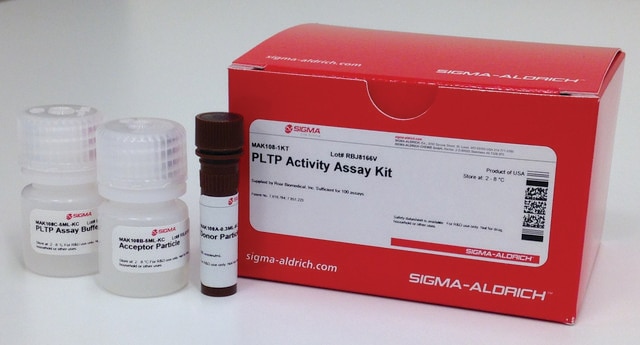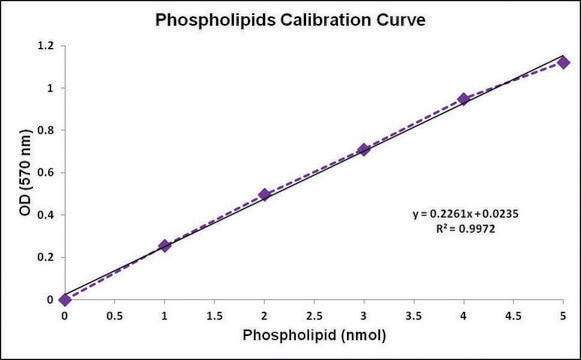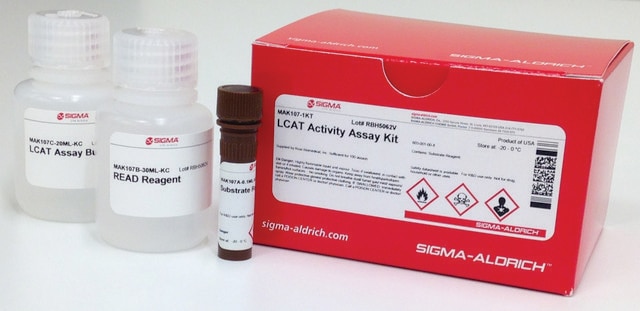MAK106
CETP Activity Assay Kit
Supplied by Roar Biomedical, Inc.
Synonym(s):
Cholesteryl ester transfer protein activity assay kit
Sign Into View Organizational & Contract Pricing
All Photos(4)
About This Item
UNSPSC Code:
12161503
NACRES:
NA.84
Recommended Products
usage
sufficient for 100 fluorometric tests
application(s)
pharmaceutical
detection method
fluorometric
relevant disease(s)
cardiovascular diseases
storage temp.
2-8°C
Gene Information
human ... CETP(1071)
Related Categories
General description
Cholesteryl ester transfer protein (CETP) is present in normal human plasma. The protein transfers neutral lipids from high density lipoproteins (HDL) to very low density lipoprotein (VLDL) and low density lipoprotein (LDL). CETP plays an important role in lipoprotein metabolism and influences the reverse cholesterol transport pathway. The method is useful for measuring CETP activity in plasma or serum in all species that express CETP.
Application
Cholesteryl ester transfer protein (CETP) activity Assay Kit has been used for measurement of CETP activity in the plasma samples.
Features and Benefits
Compatible with high-throughput handling systems.
Suitability
Suitable for the detection of cholesteryl ester transfer protein (CETP) in plasma / serum (fresh or frozen), recombinant or purified CETP.
Principle
The CETP Activity Assay Kit uses a proprietary substrate that enables the detection of CETP-mediated transfer of neutral lipid from the substrate to a physiological acceptor. The transfer activity results in an increase in fluorescence intensity (λEx=535 nm/λEm=587 nm). In a total volume of 200 μL, the assay is linear from 0.2 to 0.8 μL of normal human plasma. Assay results not affected by endogenous plasma HDL, LDL or VLDL concentrations.
related product
Product No.
Description
Pricing
wgk_germany
WGK 1
Certificates of Analysis (COA)
Search for Certificates of Analysis (COA) by entering the products Lot/Batch Number. Lot and Batch Numbers can be found on a product’s label following the words ‘Lot’ or ‘Batch’.
Already Own This Product?
Find documentation for the products that you have recently purchased in the Document Library.
Customers Also Viewed
Esther M M Ooi et al.
The Journal of clinical endocrinology and metabolism, 96(10), E1568-E1576 (2011-08-06)
Dyslipidemia increases the risk of cardiovascular disease in obesity. Peroxisome proliferator-activated receptor (PPAR)-δ agonists decrease plasma triglycerides and increase high-density lipoprotein (HDL)-cholesterol in humans. The aim of the study was to examine the effect of GW501516, a PPAR-δ agonist, on
Melissa N Martinez et al.
Journal of lipid research, 53(3), 379-389 (2012-01-05)
Mechanisms underlying changes in HDL composition caused by obesity are poorly defined, partly because mice lack expression of cholesteryl ester transfer protein (CETP), which shuttles triglyceride and cholesteryl ester between lipoproteins. Because menopause is associated with weight gain, altered glucose
Justin P Zachariah et al.
Journal of hypertension, 29(5), 863-868 (2011-03-25)
Clinical trials using cholesteryl ester transfer protein (CETP) inhibitors to raise high-density lipoprotein cholesterol (HDL-C) concentrations reported an 'off-target' blood pressure (BP) raising effect. We evaluated the relations of baseline plasma CETP activity and longitudinal BP change. One thousand, three
Tatjana Josefs et al.
Circulation research, 128(6), 690-705 (2021-02-04)
[Figure: see text].
Mark Trinder et al.
American journal of respiratory and critical care medicine, 199(7), 854-862 (2018-10-16)
High-density lipoprotein (HDL) cholesterol (HDL-C) levels decline during sepsis, and lower levels are associated with worse survival. However, the genetic mechanisms underlying changes in HDL-C during sepsis, and whether the relationship with survival is causative, are largely unknown. We hypothesized
Our team of scientists has experience in all areas of research including Life Science, Material Science, Chemical Synthesis, Chromatography, Analytical and many others.
Contact Technical Service
